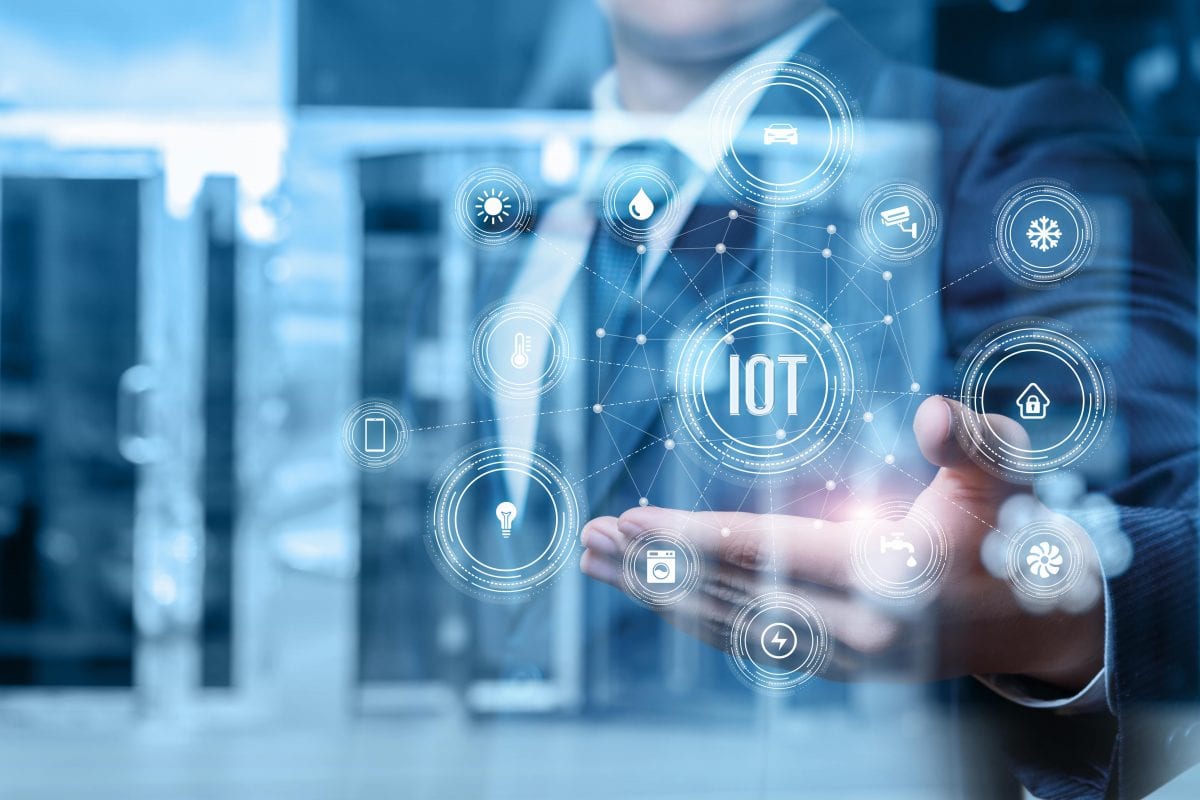
A trio of technologies is revolutionizing the workplace: artificial intelligence (AI), augmented reality (AR), and the Internet of Things (IoT). Their ability to deliver never-before-realized efficiencies is quickly making these software tools office mainstays.
Automated advancements are freeing employees from rote tasks so they can focus on more valuable and engaging work. It’s a competitive advantage that businesses are increasingly turning to as digitization becomes the new normal.
A Trifecta of Winning Technologies
AI, AR, and IoT can be used to automate and optimize processes that once required hours of costly human labor. These technologies yield efficiencies that can markedly improve the bottom line.
- AI – Artificial intelligence has become so ubiquitous in the workplace, it’s often hiding in plain sight. We routinely depend, for example, on AI applications like voice-to-text, chat bots, and automatic meeting scheduling, but think nothing of it. Conversely, we need to remember that AI is an umbrella name for a spectrum of technologies; remember, however, that just because a computer is involved doesn’t mean a program has artificial intelligence. AI’s strong suit is automating data analysis to identify patterns. For example, there’s software that can evaluate whether a customer is annoyed or upset on a phone call, determine behavioral patterns based on sales, or flag cybersecurity issues such as hacks or identity theft.
- AR – Because augmented reality is laid over an existing environment, it is effective at helping users envision a space. AR has already been adopted in warehouses, where it can show workers the next steps in a repair sequence or direct them to a part’s location. But AR is also beneficial in corporate settings when used with training modules and wayfinding. It even offers a way to visualize office design and space planning, like seeing how new wallpaper or flooring might look.
- IoT – the Internet of Things bridges the digital and physical worlds. An IoT device may have a sensor, an actuator, or both, but it will always have connectivity that allows it to send and/or receive data and instructions from other devices. Sensors can monitor occupancy, lights, flow in a pipe, or carbon monoxide, among many other things. An actuator enables the device to change something in the physical environment: dim a light, open a valve, or lock a door. Combining IoT with AI can be very beneficial. For example, if AI detects a certain vibration pattern in a piece of machinery, it can tell the actuator to alter the motor’s speed to prevent a failure.
Is Technology Making Humans Redundant?
While machine learning applications are evolving quickly, nothing happens overnight. Technology moves more slowly than the hype would have you believe. Or, as Roy Amara, a futurologist, put it “We overestimate the impact of technology in the short term and underestimate the effect in the long run.” Just think about automatic teller machines (ATMs).
Once upon a time you had to physically go into a bank and ask a teller to make a deposit or withdrawal on your behalf. The process relied on two humans to complete. Now, you can go into any gas station or grocery store and access your funds via an ATM. However, we forget that it took years after the first ATM was introduced in 1967 before these machines became a common part of our banking experience. And even more than 50 years later, tellers haven’t disappeared. Today they spend their time helping customers with more complicated tasks than withdrawing cash.
We can see a similar evolution with workplace automation. There’s always a fear that automation will replace jobs; a Pew study found that roughly half of people think automation hurts workers. It’s true that these technologies replace some work functions, especially in low-wage jobs with predictable physical and cognitive tasks, but they also create new roles and responsibilities.
Imagine the effectiveness of a marketer who doesn’t have to spend time generating a prospect list. Instead, they receive an automated list and spend their time analyzing the contacts. The role of the human hasn’t been diminished by automation—it’s been empowered by it. That’s why it’s important for businesses to help employees see the advantages of automation and prepare them through education and training for new roles in a digitized work environment.
AI, AR, and IoT are forms of automation that generally work hand-in-hand with humans. Rather than supplanting jobs, they mostly manage repetitive tasks, enable sophisticated data analysis, and streamline complex processes. Their most valuable contribution is empowering employees to focus on what they do best.
Keep reading: Office IoT – A Gateway to Smart Facility Management








